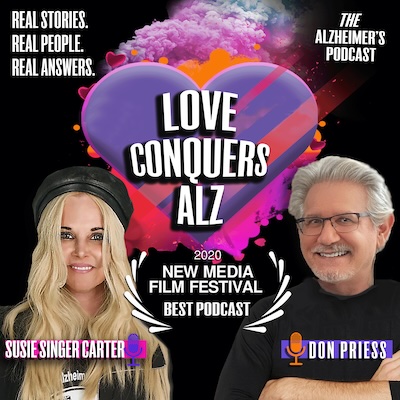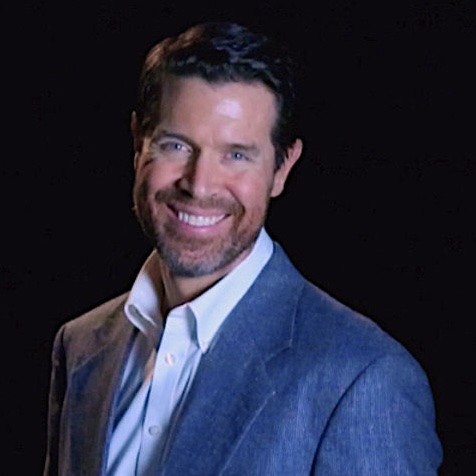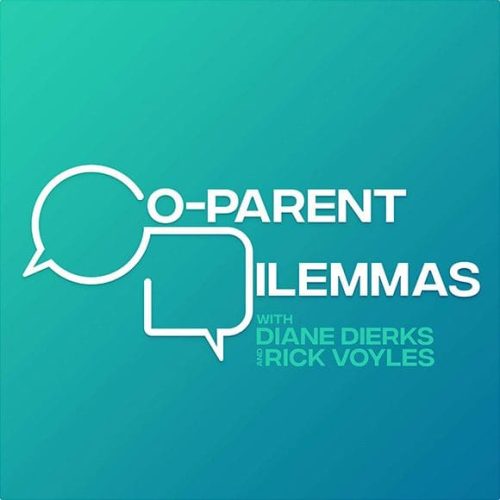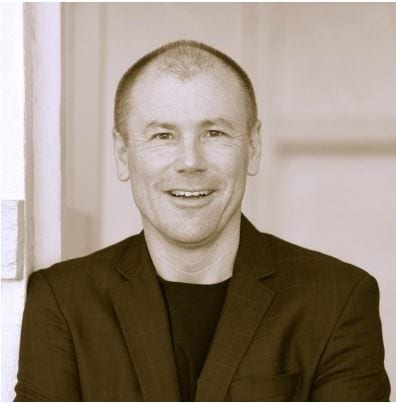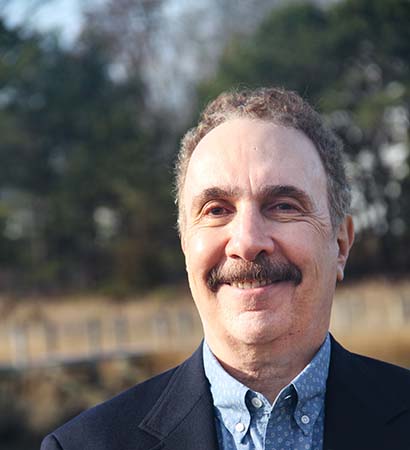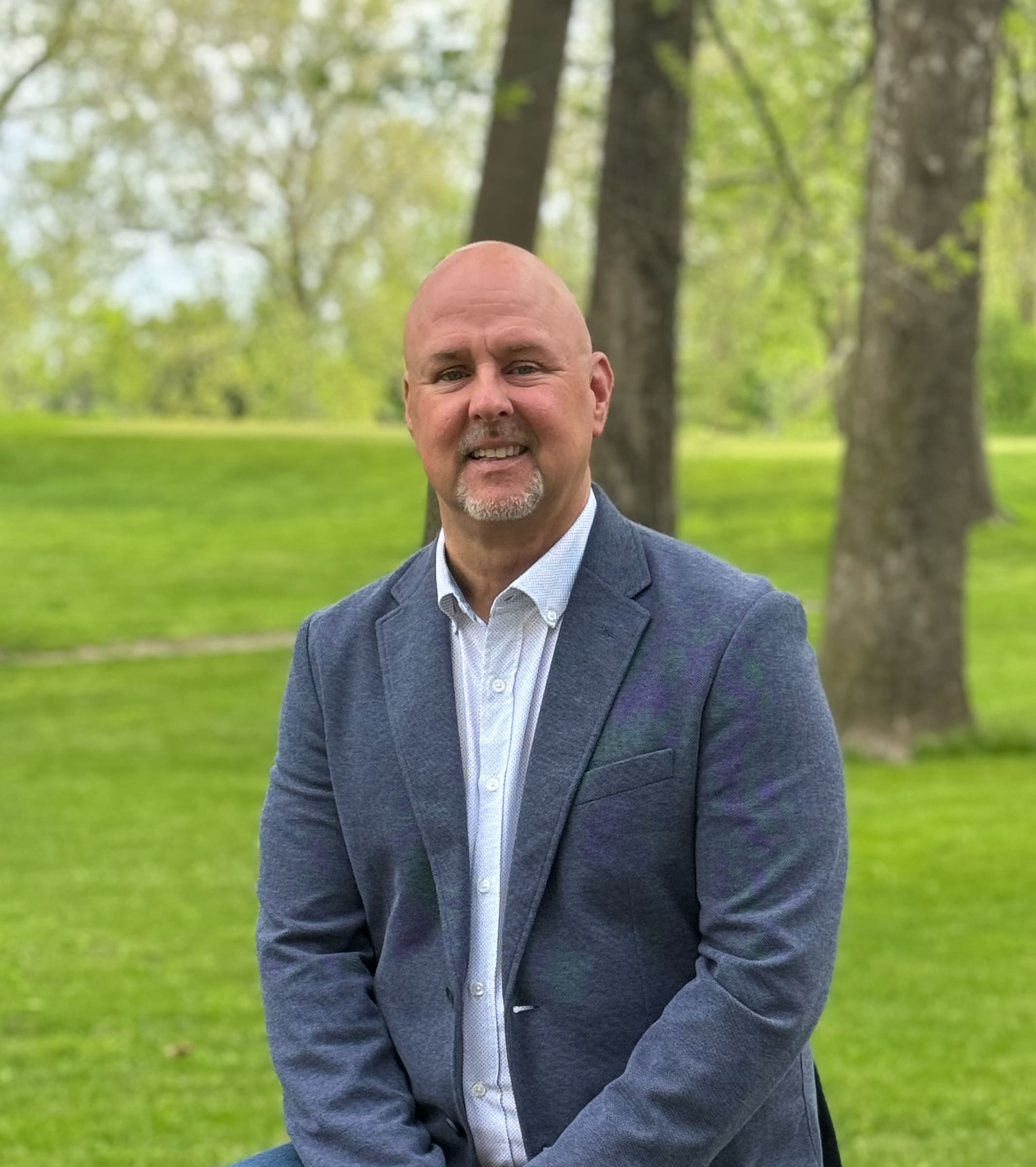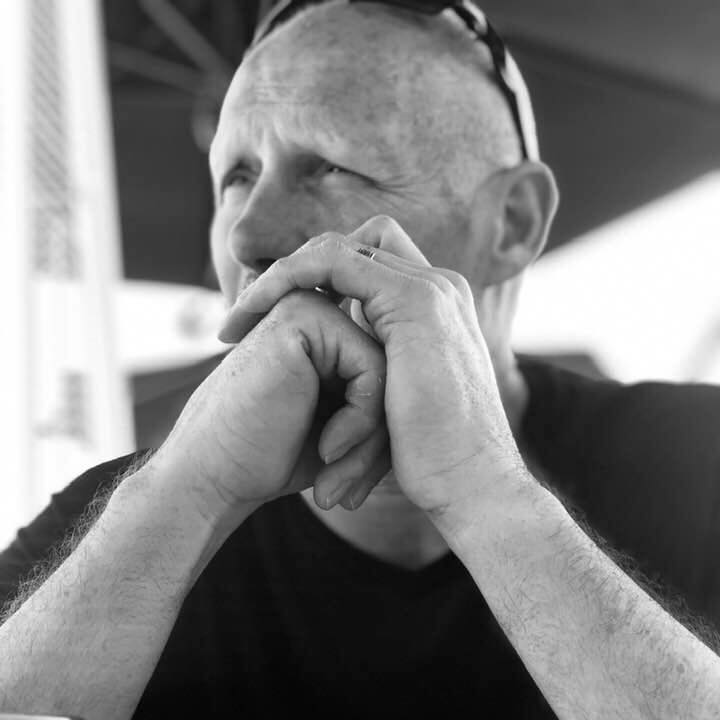Consultant-osis and Change-itis
n
It was my first day on-site, at my first consulting project. I was still in business school. Angus, this sixty-year-old Cheshire truck manufacturing manager was communicating his experience with consultants.
n
I wasnu2019t completely oblivious. I did know it wasnu2019t positive experience. I may have asked him to explain or maybe he just did. In his view consultants came up with solutions that had been thought of and tried before and that if management was serious about solving the problem they should ask the workforce. Now I agree with him. Then I probably said something like, u201cWell, letu2019s see.u201d
n
In the end our little team of London Business School students and two Harbridge House consultants recommended that ERF, a builder of heavy-duty tractor-trailer cabs, expand into eight-wheel 32 ton trucks (fire engines and big dump trucks), but not build 16 ton box vans, because box vans were used in distribution where the extra weight was a disadvantage. They successfully implemented our recommendations.
n
Going back to Angusu2019s experience, someone inside ERF shared our point of view. We just gave the CEO data to be sure of the decision. Could they have done that on their own?. Probably. We just had no ax to grind.
n
Did we change Angusu2019s point of view? I doubt it, but we carefully listened and accurately represented his expertise about manufacturing capacity, new assembly lines, lead times, and volumes. He signed onto our plan when asked.
n
So in this instance, Consultant-osis, disease of the consultant, was mitigated, if not cured.
n
One disease of the consultant is arrogance. Some consultants have lived their whole life being told how smart they are and lord over mid-level managers. Are they insecure and feel the need to act confident? Maybe, but whatever the reason, consultant-osis, can be fatal. Humility and pleasant behavior are the only known cure.
n
u201cHere comes the flavor of the month.u201d
n
This pathology may be consultant-osis or executive-osis. When you hear this, people are telling you the company over-uses consultants. Perhaps there is executive turnover and each new manager wants to leave his or her mark with a big initiative. Maybe the hiring client is susceptible to pitches for the latest management fad. Or maybe the company has failed at implementing a change framework (Lean or Agile) and rather than fix what they were working on, they hire another consultant and start over with a new methodology.
n
Find out what people mean by u2018flavor of the monthu201d so you can help. Find out the reasons for previous failures from the people involved, but advocate for organizational learning, and focus on actually achieving results. Identify u201cquick wins,u201d but extra careful of the unintended consequences of intervening in a system before you truly understand it. Clearly delineate implementation obstacles, and how to overcome them. Be careful about rewarding milestones or declaring victory too soon. Confront initiative-itis or change-itis in projects with long timelines by breaking the project into a series pilots, to achieve quicker results and keep energy up. If the u201cbest wayu201d is unclear run pilots in pairs to try different approaches.
n
u201cNot again! How many times? I know . . . until we get it right.u201d
n
Iu2019ve heard people describe continuous improvement initiatives as u201ccontinuous change.u201d Iu2019ve started Innovation projects and been greeted with, u201cSo weu2019ll brainstorm a bunch of ideas we wonu2019t do because they cost Money?u201d
n
Change fatigue is real. Change is hard – u00a0create the u201cwhy changeu201d case, and a vision, and plan the how, measure progress, measure results and control backsliding. Jeesh! Thatu2019s a lot of work and management may change their minds about if the quarterly numbers tank.
n
When fatigue leads to inflammation, infection, and failure to thrive
n
Initiative-itis or change-itis is worse and more of it. The medical suffix u201citisu201d means u201cinflammationu201d – change or initiative failure so severe that people are inflamed. Did a continuous improvement project increase efficiency, but people lost their jobs? Did innovation produce a new product, that failed and the people involved were labelled u201cunpromotable losers?u201d
n
Such chronic inflammation is tough to overcome. Who would sign up for a consultant project team? It causes good people to look for another job. Hostility to consultants is not uncommon, but it can get scary.
n
I wasnu2019t on the project of the most extreme case I heard about.u00a0 At a reengineering project someone fired a rifle through a window into the team room. Fortunately no one was hurt. The project was cancelled. I talked with the team manager later and she said, u201cThere were warnings. People were assigned to our client team, but didnu2019t show up. Weu2019d come into work and find notes that accused us of u201cgenocide.u201d I just thought it was resistance, but It was worse than usual. Later we learned that the company had used what they called u2018rightsizingu2019 in an ugly, violent campaign to bust a union. We never should have taken the project.u201d
n
The plant was later sold to a competitor and closed down.
n
I did see other change-itis. My approach was to explain the severity to my client and work with as many u201cfriendliesu201d as I could. I ensured that my work didnu2019t harm people and focused on achieving results. For the most part I succeeded.
n
I worked to avoid consultant-osis. I coached clients with client-osis to do one thing at a time, focus on results, and create processes to sustain those results. When I encountered change fatigue, or initiative-itis, I took it slow and empowered those who overcame inertia and cynicism. Cynics and sceptics make the best project teammates; they are often discouraged idealists, who achieve great things when reenergized and supported.
n
Someone once flattered me with the nickname u201ccountry doctor.u201d I donu2019t have a medical model of consulting, but I do believe consultants should adopt the first part of the Hippocratic oath:
n
u201cFirst, do no harm.u201d
n
n
“,”tablet”:”
u201cConsultant, eh? Good money for old rope!u201d
n
It was my first day on-site, at my first consulting project. I was still in business school. Angus, this sixty-year-old Cheshire truck manufacturing manager was communicating his experience with consultants.
n
I wasnu2019t completely oblivious. I did know it wasnu2019t positive experience. I may have asked him to explain or maybe he just did. In his view consultants came up with solutions that had been thought of and tried before and that if management was serious about solving the problem they should ask the workforce. Now I agree with him. Then I probably said something like, u201cWell, letu2019s see.u201d
n
In the end our little team of London Business School students and two Harbridge House consultants recommended that ERF, a builder of heavy-duty tractor-trailer cabs, expand into eight-wheel 32 ton trucks (fire engines and big dump trucks), but not build 16 ton box vans, because box vans were used in distribution where the extra weight was a disadvantage. They successfully implemented our recommendations.
n
Going back to Angusu2019s experience, someone inside ERF shared our point of view. We just gave the CEO data to be sure of the decision. Could they have done that on their own?. Probably. We just had no ax to grind.
n
Did we change Angusu2019s point of view? I doubt it, but we carefully listened and accurately represented his expertise about manufacturing capacity, new assembly lines, lead times, and volumes. He signed onto our plan when asked.
n
So in this instance, Consultant-osis, disease of the consultant, was mitigated, if not cured.
n
One disease of the consultant is arrogance. Some consultants have lived their whole life being told how smart they are and lord over mid-level managers. Are they insecure and feel the need to act confident? Maybe, but whatever the reason, consultant-osis, can be fatal. Humility and pleasant behavior are the only known cure.
n
u201cHere comes the flavor of the month.u201d
n
This pathology may be consultant-osis or executive-osis. When you hear this, people are telling you the company over-uses consultants. Perhaps there is executive turnover and each new manager wants to leave his or her mark with a big initiative. Maybe the hiring client is susceptible to pitches for the latest management fad. Or maybe the company has failed at implementing a change framework (Lean or Agile) and rather than fix what they were working on, they hire another consultant and start over with a new methodology.
n
Find out what people mean by u2018flavor of the monthu201d so you can help. Find out the reasons for previous failures from the people involved, but advocate for organizational learning, and focus on actually achieving results. Identify u201cquick wins,u201d but extra careful of the unintended consequences of intervening in a system before you truly understand it. Clearly delineate implementation obstacles, and how to overcome them. Be careful about rewarding milestones or declaring victory too soon. Confront initiative-itis or change-itis in projects with long timelines by breaking the project into a series pilots, to achieve quicker results and keep energy up. If the u201cbest wayu201d is unclear run pilots in pairs to try different approaches.
n
u201cNot again! How many times? I know . . . until we get it right.u201d
n
Iu2019ve heard people describe continuous improvement initiatives as u201ccontinuous change.u201d Iu2019ve started innovation projects and been greeted with, u201cSo weu2019ll brainstorm a bunch of ideas we wonu2019t do because they cost money?u201d
n
Change fatigue is real. Change is hard – create the u201cwhy changeu201d case, and a vision, and plan the how, measure progress, measure results and control backsliding. Jeesh! Thatu2019s a lot of work and management may change their minds about if the quarterly numbers tank.
n
When fatigue leads to inflammation, infection, and failure to thrive
n
Initiative-itis or change-itis is worse and more of it. The medical suffix u201citisu201d means u201cinflammationu201d – change or initiative failure so severe that people are inflamed. Did a continuous improvement project increase efficiency, but people lost their jobs? Did innovation produce a new product, that failed and the people involved were labelled u201cunpromotable losers?u201d
n
Such chronic inflammation is tough to overcome. Who would sign up for a consultant project team? It causes good people to look for another job. Hostility to consultants is not uncommon, but it can get scary.
n
I wasnu2019t on the project of the most extreme case I heard about. At a reengineering project someone fired a rifle through a window into the team room. Fortunately no one was hurt. The project was cancelled. I talked with the team manager later and she said, u201cThere were warnings. People were assigned to our client team, but didnu2019t show up. Weu2019d come into work and find notes that accused us of u201cgenocide.u201d I just thought it was resistance, but It was worse than usual. Later we learned that the company had used what they called u2018rightsizingu2019 in an ugly, violent campaign to bust a union. We never should have taken the project.u201d
n
The plant was later sold to a competitor and closed down.
n
I did see other change-itis. My approach was to explain the severity to my client and work with as many u201cfriendliesu201d as I could. I ensured that my work didnu2019t harm people and focused on achieving results. For the most part I succeeded.
n
I worked to avoid consultant-osis. I coached clients with client-osis to do one thing at a time, focus on results, and create processes to sustain those results. When I encountered change fatigue, or initiative-itis, I took it slow and empowered those who overcame inertia and cynicism. Cynics and sceptics make the best project teammates; they are often discouraged idealists, who achieve great things when reenergized and supported.
n
Someone once flattered me with the nickname u201ccountry doctor.u201d I donu2019t have a medical model of consulting, but I do believe consultants should adopt the first part of the Hippocratic oath:
n
u201cFirst, do no harm.u201d
n
“,”phone”:”
u201cConsultant, eh? Good money for old rope!u201d
n
It was my first day on-site, at my first consulting project. I was still in business school. Angus, this sixty-year-old Cheshire truck manufacturing manager was communicating his experience with consultants.
n
I wasnu2019t completely oblivious. I did know it wasnu2019t positive experience. I may have asked him to explain or maybe he just did. In his view consultants came up with solutions that had been thought of and tried before and that if management was serious about solving the problem they should ask the workforce. Now I agree with him. Then I probably said something like, u201cWell, letu2019s see.u201d
n
In the end our little team of London Business School students and two Harbridge House consultants recommended that ERF, a builder of heavy-duty tractor-trailer cabs, expand into eight-wheel 32 ton trucks (fire engines and big dump trucks), but not build 16 ton box vans, because box vans were used in distribution where the extra weight was a disadvantage. They successfully implemented our recommendations.
n
Going back to Angusu2019s experience, someone inside ERF shared our point of view. We just gave the CEO data to be sure of the decision. Could they have done that on their own?. Probably. We just had no ax to grind.
n
Did we change Angusu2019s point of view? I doubt it, but we carefully listened and accurately represented his expertise about manufacturing capacity, new assembly lines, lead times, and volumes. He signed onto our plan when asked.
n
So in this instance, Consultant-osis, disease of the consultant, was mitigated, if not cured.
n
One disease of the consultant is arrogance. Some consultants have lived their whole life being told how smart they are and lord over mid-level managers. Are they insecure and feel the need to act confident? Maybe, but whatever the reason, consultant-osis, can be fatal. Humility and pleasant behavior are the only known cure.
n
u201cHere comes the flavor of the month.u201d
n
This pathology may be consultant-osis or executive-osis. When you hear this, people are telling you the company over-uses consultants. Perhaps there is executive turnover and each new manager wants to leave his or her mark with a big initiative. Maybe the hiring client is susceptible to pitches for the latest management fad. Or maybe the company has failed at implementing a change framework (Lean or Agile) and rather than fix what they were working on, they hire another consultant and start over with a new methodology.
n
Find out what people mean by u2018flavor of the monthu201d so you can help. Find out the reasons for previous failures from the people involved, but advocate for organizational learning, and focus on actually achieving results. Identify u201cquick wins,u201d but extra careful of the unintended consequences of intervening in a system before you truly understand it. Clearly delineate implementation obstacles, and how to overcome them. Be careful about rewarding milestones or declaring victory too soon. Confront initiative-itis or change-itis in projects with long timelines by breaking the project into a series pilots, to achieve quicker results and keep energy up. If the u201cbest wayu201d is unclear run pilots in pairs to try different approaches.
n
u201cNot again! How many times? I know . . . until we get it right.u201d
n
Iu2019ve heard people describe continuous improvement initiatives as u201ccontinuous change.u201d Iu2019ve started innovation projects and been greeted with, u201cSo weu2019ll brainstorm a bunch of ideas we wonu2019t do because they cost money?u201d
n
Change fatigue is real. Change is hard – create the u201cwhy changeu201d case, and a vision, and plan the how, measure progress, measure results and control backsliding. Jeesh! Thatu2019s a lot of work and management may change their minds about if the quarterly numbers tank.
n
When fatigue leads to inflammation, infection, and failure to thrive
n
Initiative-itis or change-itis is worse and more of it. The medical suffix u201citisu201d means u201cinflammationu201d – change or initiative failure so severe that people are inflamed. Did a continuous improvement project increase efficiency, but people lost their jobs? Did innovation produce a new product, that failed and the people involved were labelled u201cunpromotable losers?u201d
n
Such chronic inflammation is tough to overcome. Who would sign up for a consultant project team? It causes good people to look for another job. Hostility to consultants is not uncommon, but it can get scary.
n
I wasnu2019t on the project of the most extreme case I heard about. At a reengineering project someone fired a rifle through a window into the team room. Fortunately no one was hurt. The project was cancelled. I talked with the team manager later and she said, u201cThere were warnings. People were assigned to our client team, but didnu2019t show up. Weu2019d come into work and find notes that accused us of u201cgenocide.u201d I just thought it was resistance, but It was worse than usual. Later we learned that the company had used what they called u2018rightsizingu2019 in an ugly, violent campaign to bust a union. We never should have taken the project.u201d
n
The plant was later sold to a competitor and closed down.
n
I did see other change-itis. My approach was to explain the severity to my client and work with as many u201cfriendliesu201d as I could. I ensured that my work didnu2019t harm people and focused on achieving results. For the most part I succeeded.
n
I worked to avoid consultant-osis. I coached clients with client-osis to do one thing at a time, focus on results, and create processes to sustain those results. When I encountered change fatigue, or initiative-itis, I took it slow and empowered those who overcame inertia and cynicism. Cynics and sceptics make the best project teammates; they are often discouraged idealists, who achieve great things when reenergized and supported.
n
Someone once flattered me with the nickname u201ccountry doctor.u201d I donu2019t have a medical model of consulting, but I do believe consultants should adopt the first part of the Hippocratic oath:
n
u201cFirst, do no harm.u201d
n
“}},”slug”:”et_pb_text”}” data-et-multi-view-load-tablet-hidden=”true” data-et-multi-view-load-phone-hidden=”true”>
“Consultant, eh? Good money for old rope!”
It was my first day on-site, at my first consulting project. I was still in business school. Angus, this sixty-year-old Cheshire truck manufacturing manager was communicating his experience with consultants.
I wasn’t completely oblivious. I did know it wasn’t positive experience. I may have asked him to explain or maybe he just did. In his view consultants came up with solutions that had been thought of and tried before and that if management was serious about solving the problem they should ask the workforce. Now I agree with him. Then I probably said something like, “Well, let’s see.”
In the end our little team of London Business School students and two Harbridge House consultants recommended that ERF, a builder of heavy-duty tractor-trailer cabs, expand into eight-wheel 32 ton trucks (fire engines and big dump trucks), but not build 16 ton box vans, because box vans were used in distribution where the extra weight was a disadvantage. They successfully implemented our recommendations.
Going back to Angus’s experience, someone inside ERF shared our point of view. We just gave the CEO data to be sure of the decision. Could they have done that on their own?. Probably. We just had no ax to grind.
Did we change Angus’s point of view? I doubt it, but we carefully listened and accurately represented his expertise about manufacturing capacity, new assembly lines, lead times, and volumes. He signed onto our plan when asked.
So in this instance, Consultant-osis, disease of the consultant, was mitigated, if not cured.
One disease of the consultant is arrogance. Some consultants have lived their whole life being told how smart they are and lord over mid-level managers. Are they insecure and feel the need to act confident? Maybe, but whatever the reason, consultant-osis, can be fatal. Humility and pleasant behavior are the only known cure.
“Here comes the flavor of the month.”
This pathology may be consultant-osis or executive-osis. When you hear this, people are telling you the company over-uses consultants. Perhaps there is executive turnover and each new manager wants to leave his or her mark with a big initiative. Maybe the hiring client is susceptible to pitches for the latest management fad. Or maybe the company has failed at implementing a change framework (Lean or Agile) and rather than fix what they were working on, they hire another consultant and start over with a new methodology.
Find out what people mean by ‘flavor of the month” so you can help. Find out the reasons for previous failures from the people involved, but advocate for organizational learning, and focus on actually achieving results. Identify “quick wins,” but extra careful of the unintended consequences of intervening in a system before you truly understand it. Clearly delineate implementation obstacles, and how to overcome them. Be careful about rewarding milestones or declaring victory too soon. Confront initiative-itis or change-itis in projects with long timelines by breaking the project into a series pilots, to achieve quicker results and keep energy up. If the “best way” is unclear run pilots in pairs to try different approaches.
“Not again! How many times? I know . . . until we get it right.”
I’ve heard people describe continuous improvement initiatives as “continuous change.” I’ve started innovation projects and been greeted with, “So we’ll brainstorm a bunch of ideas we won’t do because they cost money?”
Change fatigue is real. Change is hard – create the “why change” case, and a vision, and plan the how, measure progress, measure results and control backsliding. Jeesh! That’s a lot of work and management may change their minds about if the quarterly numbers tank.
When fatigue leads to inflammation, infection, and failure to thrive
Initiative-itis or change-itis is worse and more of it. The medical suffix “itis” means “inflammation” – change or initiative failure so severe that people are inflamed. Did a continuous improvement project increase efficiency, but people lost their jobs? Did innovation produce a new product, that failed and the people involved were labelled “unpromotable losers?”
Such chronic inflammation is tough to overcome. Who would sign up for a consultant project team? It causes good people to look for another job. Hostility to consultants is not uncommon, but it can get scary.
I wasn’t on the project of the most extreme case I heard about. At a reengineering project someone fired a rifle through a window into the team room. Fortunately no one was hurt. The project was cancelled. I talked with the team manager later and she said, “There were warnings. People were assigned to our client team, but didn’t show up. We’d come into work and find notes that accused us of “genocide.” I just thought it was resistance, but It was worse than usual. Later we learned that the company had used what they called ‘rightsizing’ in an ugly, violent campaign to bust a union. We never should have taken the project.”
The plant was later sold to a competitor and closed down.
I did see other change-itis. My approach was to explain the severity to my client and work with as many “friendlies” as I could. I ensured that my work didn’t harm people and focused on achieving results. For the most part I succeeded.
I worked to avoid consultant-osis. I coached clients with client-osis to do one thing at a time, focus on results, and create processes to sustain those results. When I encountered change fatigue, or initiative-itis, I took it slow and empowered those who overcame inertia and cynicism. Cynics and sceptics make the best project teammates; they are often discouraged idealists, who achieve great things when reenergized and supported.
Someone once flattered me with the nickname “country doctor.” I don’t have a medical model of consulting, but I do believe consultants should adopt the first part of the Hippocratic oath:
“First, do no harm.”
The post Consultant-osis and Change-itis appeared first on Wisdom from Unusual Places.
Originally Published on https://wisdomfromunusualplaces.com/blog/





